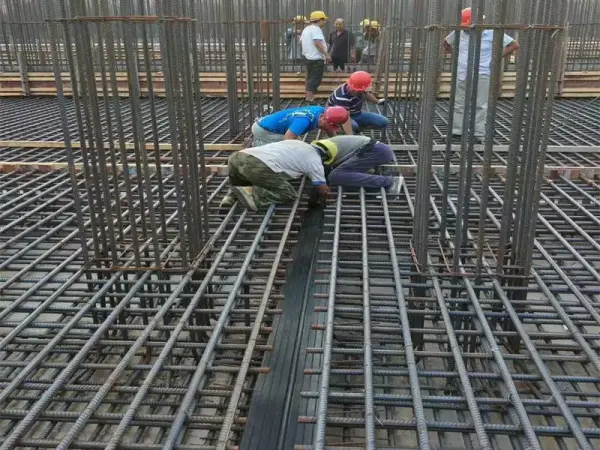 According to different materials, it can be divided into three categories:
According to different materials, it can be divided into three categories:
- Rubber waterstop: Made mainly from natural rubber or synthetic rubber, mixed with various additives and fillers, and processed through processes such as plasticizing, mixing, rolling, and vulcanization. Rubber waterstops have good elasticity, wear resistance, aging resistance, and tear resistance, and are suitable for preventing water infiltration in various construction projects.
- PVC waterstop: PVC material has good flexibility and chemical corrosion resistance, and is suitable for various underground engineering and water tanks that require waterproofing. The installation of PVC waterstop is relatively simple and has a long service life.
- Metal waterstop: Usually made of metal materials such as stainless steel or copper, it has high strength and corrosion resistance, and is suitable for some special engineering requirements, such as important parts in water conservancy and hydropower projects.
These waterstops can be selected according to specific engineering requirements, with different characteristics and advantages to ensure the waterproof effect of the building.
It can also be classified by processing method or shape. Please refer to the following picture for specific classification:
 Rubber Waterstop Strips
Rubber Waterstop Strips

Scan the QR Code to start a WhatsApp chat with us.